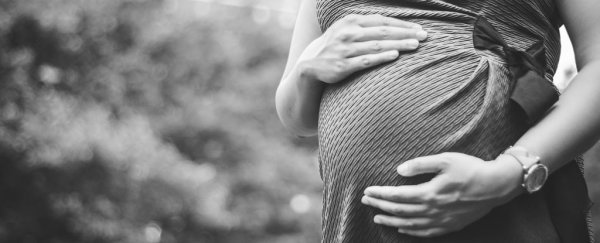Success rates in IVF cycles using frozen and thawed embryos are now equal to those using fresh embryos, a new report on reproductive technology (ART) treatments in Australia and New Zealand has found.
In the five years leading up to 2013, the birth rate for frozen embryo transfers grew by a quarter to 23 percent, whereas the rate of fresh embryo IVF cycles that led to a baby remained steady, also at 23 percent. Effectively, both methods now offer equal chances of a successful birth for parents looking into IVF.
In addition to success rates for frozen embryos rising, Australian and New Zealand parents are also turning to the technique in greater numbers, with IVF treatments using frozen embryos increasing from 39 percent of IVF cycles in 2009 to 45 percent in 2013.
The figures are contained in the Assisted Reproductive Technology in Australia and New Zealand 2013 report, authored by researchers at the University of New South Wales (UNSW) in Australia.
"Rapid freezing techniques, known as vitrification, and optimisation of the timing of embryo transfer have made a real difference to the success of frozen embryo birth rates," said Michael Chapman, a professor of obstetrics and gynaecology at UNSW and vice-president of the Fertility Society of Australia (FSA), in a press release.
"Other techniques, such as culturing embryos for five to six days to a blastocyst, before transfer to a woman, and the use of pre-implantation genetic screening have also increased over the last five years of reporting," said Chapman.
Another significant trend observed in the figures is a marked reduction in multiple births in IVF treatments, which have decreased by a third in the past five years to 5.6 percent in 2013.
Multiple births result in the delivery of twins, triplets, or higher-order multiples. As women age, they are more likely to experience multiple births, as their bodies may release more than one egg in order to fall pregnant – and the likelihood of multiple births is also significantly increased by the use of IVF and fertility treatments. However, delivering multiple babies can be dangerous to both a mother and her infants.
"Multiple births are by far the greatest health risk to mothers and babies from IVF, and multiple embryo transfer clearly increases this risk," said Chapman. "This is one of the lowest rates of multiple deliveries from IVF treatment in the world."
By comparison, the multiple birth rate is 16 percent in the UK and 26 percent in the US.
According to Chapman, the new figures suggest that Australia and New Zealand are the safest regions in the world for women to undergo IVF treatments. "Australia and New Zealand have the lowest IVF multiple birth rates of any region in the world," he said, "and yet also maintain consistently high success rates."
Love science? Find out more about the ground-breaking research happening at UNSW Medicine.
